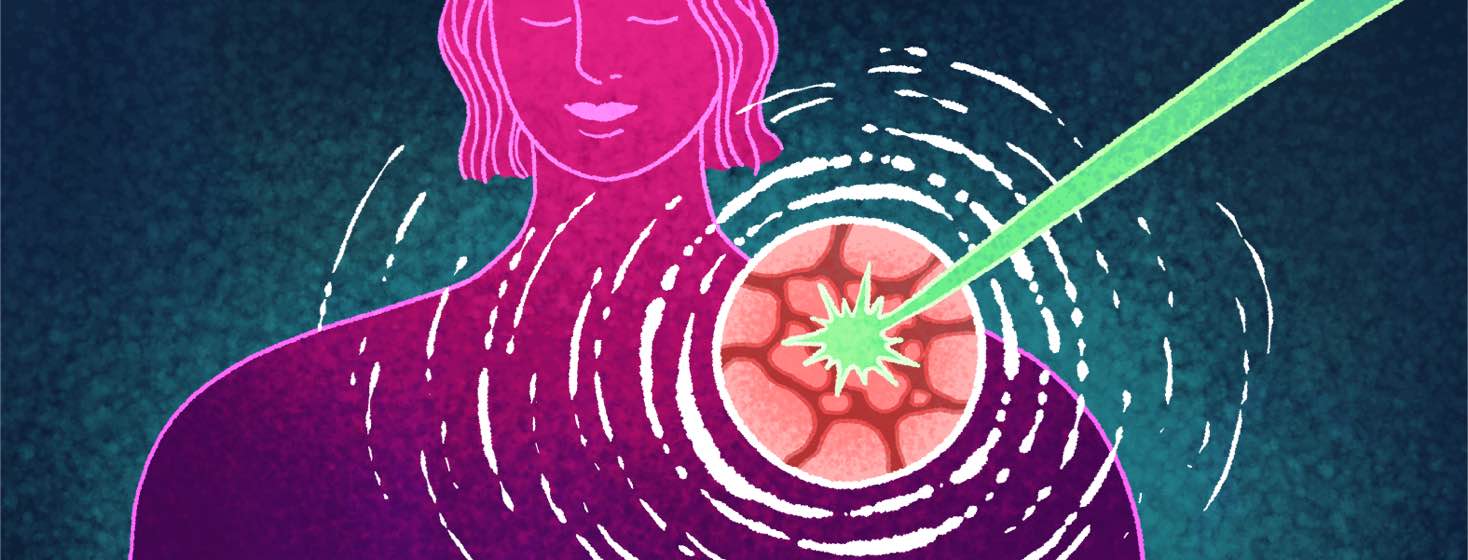How Does Radiation Treat Skin Cancers?
Like the rest of your skin, skin cancers are made up of cells. The difference between the cells of healthy skin and cancerous skin is in the genetic makeup, also known as the DNA. The DNA of a cell is a "code" that controls how the cells function. Healthy skin cells are almost constantly replicating and replacing the cells that are dying out; it's the circle of life. Typically, the top layer of skin cells are replaced every month! So let's talk radiation therapy for skin cancer.
How do cancerous cells form?
When the DNA is damaged or mutated, the code no longer functions normally. In other words, it’s out of control and the cell cycle has been thrown out the window. These cells have decided to abandon their normal cycle. They replicate and worst of all, they decide not to die. They destroy the healthy cells nearby and the number of "rogue" cells increases exponentially. Once this one cell has created a million just like it, a visible tumor may finally be noticed.
Here's where radiation comes in
We have to eliminate skin cancers because they won’t stop on their own, and that's where radiation therapy for skin cancer comes in. If a skin cancer is left to continue the instructions provided by its DNA, the cells within will continue to replicate as well as destroy the healthy cells nearby. As their uncontrollable growth continues they will start to invade nearby tissues and structures beneath the skin, and allow for the cells to spread to other parts of the body and can in turn, cause death.
How radiation works
Radiation exists in two forms: ionizing and non-ionizing. Non-ionizing radiation includes very important things like visible light, radio frequencies and ultraviolet light. The radiation used in treating cancer is ionizing radiation. This type of radiation lives up to its name by forming ions from the cells it interacts with. This changes the cell and affects the DNA. The goal of the radiation therapy for skin cancer is to destroy the cancer cells as well as its ability to replicate.
When is radiation done?
The cells are most sensitive to radiation when they are creating more cells, which is almost always in a rapidly dividing tumor. A dose of radiation is broken up into ‘fractions’ that are given at scheduled times. This is very important, because if the dose of radiation was given all at one time, the effects would be catastrophic. The skin would not be able to repair from the amount of damage that would cause.
There's a strategy behind radiation therapy
The fractions allow the radiation to hit the cancer cells at different times, making the odds of hitting each cell at the time when it is most sensitive more likely! The time in between treatments also allows the nearby healthy cells that are affected time to heal, because these cells’ DNA still function properly. These healthy cells also have the ability to repair from damage, unlike their cancerous counterparts.
In the end, the healthy cells win
As the radiation therapy kills the cancerous cells, the healthy cells regain their territory. As the new healthy cells replace the cancerous cell, the cancer cells slough off over weeks. And that's how radiation therapy for skin cancer works!
Radiation does effect the body, but you will heal
The radiation has effects on the body after the treatment is over, but it does not make the patient radioactive. The radioactivity does not remain in the body, so there is no danger to others while going through external radiation therapy treatments.
Have you had your skin cancer treated with radiation therapy?

Join the conversation